|
|
|
Plenary Speakers
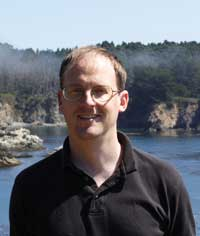
Tom Clandinin's lab focuses on understanding the relationships between neural circuit development, maintenance and has been studying the molecular mechanisms underpinning synapse formation and maintenance for the past 15 years. He also has been studying electrophysiological and behavioral approaches to understanding visual circuit computations for the past 13 years.
http://flyvisionlab.weebly.com/
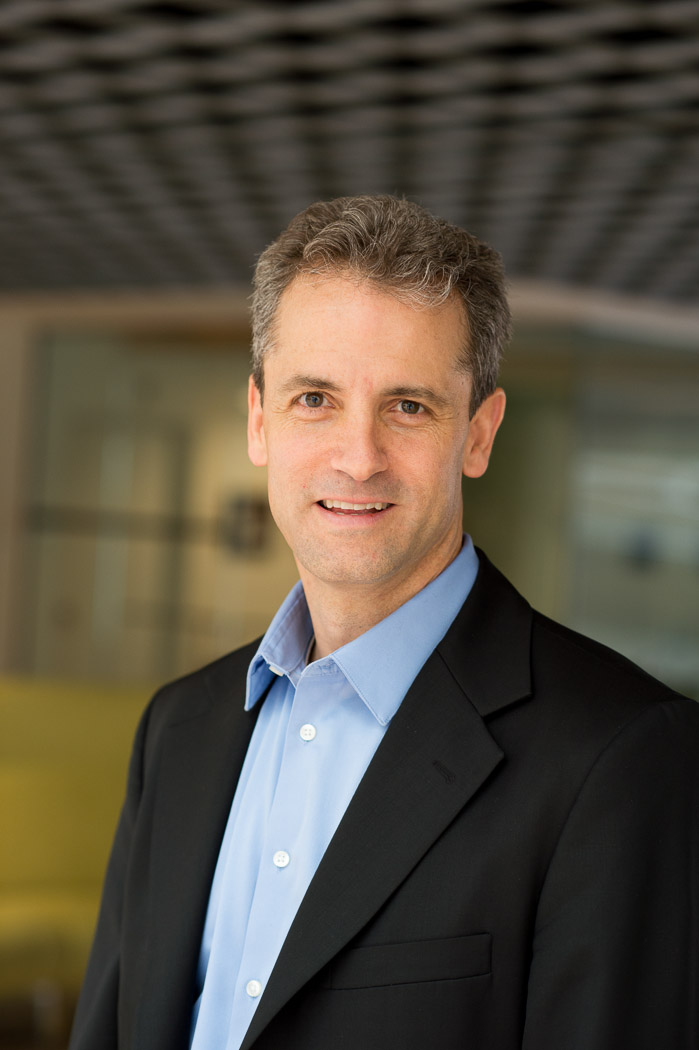
Jim DiCarlois a Professor of Neuroscience, Head of the Department of Brain and Cognitive Sciences, and Investigator at the McGovern Institute for Brain Research at the Massachusetts Institute of Technology. He received his Ph.D. in biomedical engineering and M.D. from The Johns Hopkins University in 1998, and did his postdoctoral training in primate visual neurophysiology at Baylor College of Medicine. He joined the MIT faculty in 2002. He is an Alfred Sloan Fellow, a Pew Scholar in the Biomedical Sciences, and a McKnight Scholar in Neuroscience. The research goal of Dr. DiCarlo’s group is a computational understanding of the brain mechanisms that underlie object recognition. His group is currently focussed on understanding how transformations carried out by a series of neocortical processing stages -- called the primate ventral visual stream -- are effortlessly able to untangle object identity from other latent image variables such as object position, scale, and pose. He and his collaborators have shown that populations of neurons at the highest cortical visual processing stage (IT) rapidly convey explicit representations of object identity, even in the face of naturally occurring image variability. His group has found that the ventral stream’s ability to accomplish this feat is rapidly reshaped by natural visual experience and they can now monitor the neuronal substrates of this learning online. This points the way to understanding how the visual system uses the statistics of the visual world to “learn” neuronal representations that automatically untangle object identity. He and his collaborators have also shown how carefully designed visual recognition tests can be used to discover new, high-performing bio-inspired algorithms, and to efficiently explore the hypothesis space of possible cortical algorithms. His group is currently using a combination of large-scale neurophysiology, brain imaging, optogenetic methods, and high-throughput computational simulations to understand the neuronal mechanisms and fundamental cortical computations that underlie the construction of these powerful image representations. They aim to use this understanding to inspire and develop new machine vision systems, to provide a basis for new neural prosthetics (brain-machine interfaces) to restore or augment lost senses, and to provide a foundation upon which the community can understand how high-level visual representation is altered in human conditions such as agnosia, autism and dyslexia.
http://dicarlolab.mit.edu/node/1
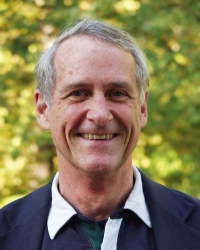 Eb Fetz received his B.S. in physics from the Rensselaer Polytechnic Institute in 1961, and his Ph.D. in physics from the Massachusetts Institute of Technology in 1967. He came to the University of Washington for postdoctoral work in neuroscience and has been on the faculty ever since. He is currently Professor in the Department of Physiology & Biophysics and Core Staff at the Washington National Primate Research Center. His overall research has concerned the neural control of limb movement in primates. Most recently, his lab has developed an implantable recurrent brain-computer interface that can record activity of cortical cells during free behavior and convert this activity in real time to stimulation of cortex, spinal cord or muscles. This so-called “neurochip” creates a continuously operating artificial feedback loop that the brain can learn to incorporate into behavior and that can generate synaptic plasticity.
Eb Fetz received his B.S. in physics from the Rensselaer Polytechnic Institute in 1961, and his Ph.D. in physics from the Massachusetts Institute of Technology in 1967. He came to the University of Washington for postdoctoral work in neuroscience and has been on the faculty ever since. He is currently Professor in the Department of Physiology & Biophysics and Core Staff at the Washington National Primate Research Center. His overall research has concerned the neural control of limb movement in primates. Most recently, his lab has developed an implantable recurrent brain-computer interface that can record activity of cortical cells during free behavior and convert this activity in real time to stimulation of cortex, spinal cord or muscles. This so-called “neurochip” creates a continuously operating artificial feedback loop that the brain can learn to incorporate into behavior and that can generate synaptic plasticity.
http://depts.washington.edu/behneuro/people/faculty/fetz.shtml
 Jack Gallant, Ph.D., completed undergraduate work in computer science with Stephen Palmer at UC Berkeley, and then pursued doctoral studies in experimental psychology with Wendell Garner and Joy Hirsch at Yale University. He did post-doctoral work in neuroscience at the California Institute of Technology and Washington University Medical School with David Van Essen. He is now Chancellor's Professor of Psychology at the University of California at Berkeley. He is affiliated with the graduate programs in Bioengineering, Biophysics, Neuroscience and Vision Science. His research program focuses on computational modeling of the human brain. These models accurately describe how the brain encodes information during complex, naturalistic tasks, and they can be used to decode information in the brain in order to reconstruct mental experiences. This computational framework can be used to understand and decode brain activity measured by different methods (e.g., functional MRI, NIRS, EEG or ECOG), and in different modalities (i.e., vision, audition, imagery and so on). Gallant's brain decoding algorithm was one of Times Magazine's Inventions of the Year in 2011. Further information about ongoing work in the Gallant lab, links to talks, papers, and to an online interactive brain viewer can be found at the lab web page:
Jack Gallant, Ph.D., completed undergraduate work in computer science with Stephen Palmer at UC Berkeley, and then pursued doctoral studies in experimental psychology with Wendell Garner and Joy Hirsch at Yale University. He did post-doctoral work in neuroscience at the California Institute of Technology and Washington University Medical School with David Van Essen. He is now Chancellor's Professor of Psychology at the University of California at Berkeley. He is affiliated with the graduate programs in Bioengineering, Biophysics, Neuroscience and Vision Science. His research program focuses on computational modeling of the human brain. These models accurately describe how the brain encodes information during complex, naturalistic tasks, and they can be used to decode information in the brain in order to reconstruct mental experiences. This computational framework can be used to understand and decode brain activity measured by different methods (e.g., functional MRI, NIRS, EEG or ECOG), and in different modalities (i.e., vision, audition, imagery and so on). Gallant's brain decoding algorithm was one of Times Magazine's Inventions of the Year in 2011. Further information about ongoing work in the Gallant lab, links to talks, papers, and to an online interactive brain viewer can be found at the lab web page:
 Kenneth Harris, Ph.D., studied mathematics at Cambridge University, did a PhD in robotics at University College London (UCL), then moved to Rutgers University in the United States for postdoctoral work in neuroscience. Before returning to UCL in 2012, he was Associate Professor of Neuroscience at Rutgers, and Professor of Neurotechnology at Imperial College London. He is currently Professor of Quantitative Neuroscience at UCL, jointly appointed in the Institute of Neurology and the Department of Physiology, Pharmacology, and Neuroscience. In a joint effort with Matteo Carandini, he heads the cortical processing laboratory, aiming to understand how populations of neurons in cortex process sensory information, and how they integrate it with information from within the brain to guide perception and action. The lab investigates these questions with a combination of experiment and computational analysis. This work is done mostly in the mouse brain, with techniques such as neuromics, multielectrode recordings, optogenetics, imaging, operant conditioning, and virtual reality simulation.
Kenneth Harris, Ph.D., studied mathematics at Cambridge University, did a PhD in robotics at University College London (UCL), then moved to Rutgers University in the United States for postdoctoral work in neuroscience. Before returning to UCL in 2012, he was Associate Professor of Neuroscience at Rutgers, and Professor of Neurotechnology at Imperial College London. He is currently Professor of Quantitative Neuroscience at UCL, jointly appointed in the Institute of Neurology and the Department of Physiology, Pharmacology, and Neuroscience. In a joint effort with Matteo Carandini, he heads the cortical processing laboratory, aiming to understand how populations of neurons in cortex process sensory information, and how they integrate it with information from within the brain to guide perception and action. The lab investigates these questions with a combination of experiment and computational analysis. This work is done mostly in the mouse brain, with techniques such as neuromics, multielectrode recordings, optogenetics, imaging, operant conditioning, and virtual reality simulation.
https://www.ucl.ac.uk/cortexlab
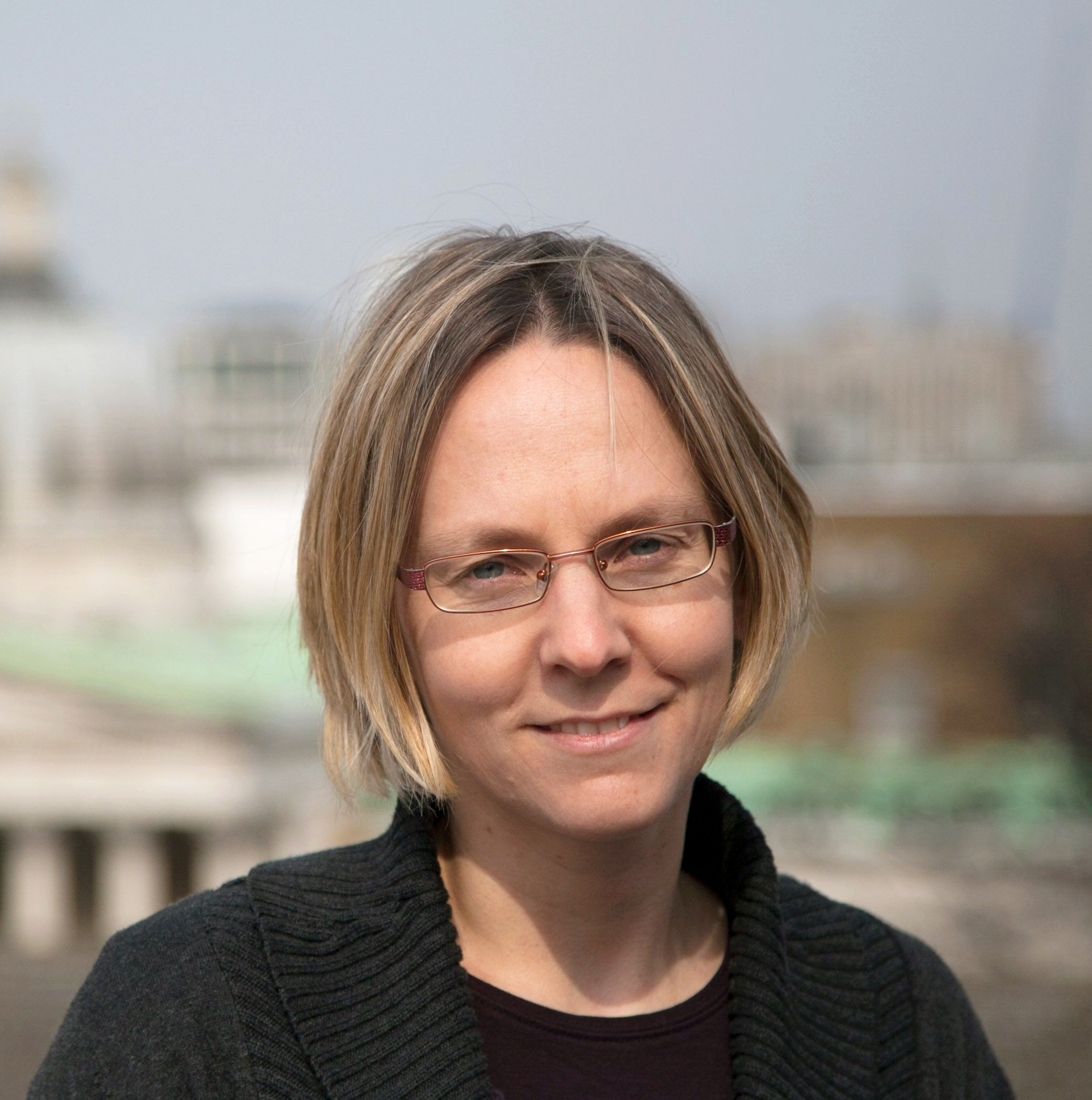 Sonja Hofer undertook her PhD at the Max Planck Institute of Neurobiology, Martinsried, Germany, followed by a postdoc at University College London, UK, where she took up a Wellcome Trust Research Career Development Fellowship in 2011. Since 2013 she is an Assistant Professor at the Biozentrum, University of Basel. She was recently awarded an ERC Starting Grant and the Kandel Young Neuroscientists Prize. Her research aims to understand the synaptic organization, function and plasticity of circuits underlying visual processing in the mammalian brain, using a wide range of methods, including in vivo imaging of neuronal and synaptic function and structure, extracellular and intracellular electrophysiological recordings, animal behavior and theoretical modelling, together with molecular and genetic approaches to identify different cell types, manipulate their function and trace specific pathways. Currently, her lab is focused on studying the function of thalamo-cortical visual circuits during behavior, and how these circuits change during learning.
Sonja Hofer undertook her PhD at the Max Planck Institute of Neurobiology, Martinsried, Germany, followed by a postdoc at University College London, UK, where she took up a Wellcome Trust Research Career Development Fellowship in 2011. Since 2013 she is an Assistant Professor at the Biozentrum, University of Basel. She was recently awarded an ERC Starting Grant and the Kandel Young Neuroscientists Prize. Her research aims to understand the synaptic organization, function and plasticity of circuits underlying visual processing in the mammalian brain, using a wide range of methods, including in vivo imaging of neuronal and synaptic function and structure, extracellular and intracellular electrophysiological recordings, animal behavior and theoretical modelling, together with molecular and genetic approaches to identify different cell types, manipulate their function and trace specific pathways. Currently, her lab is focused on studying the function of thalamo-cortical visual circuits during behavior, and how these circuits change during learning.
http://www.biozentrum.unibas.ch/research/groups-platforms/overview/unit/hofer/
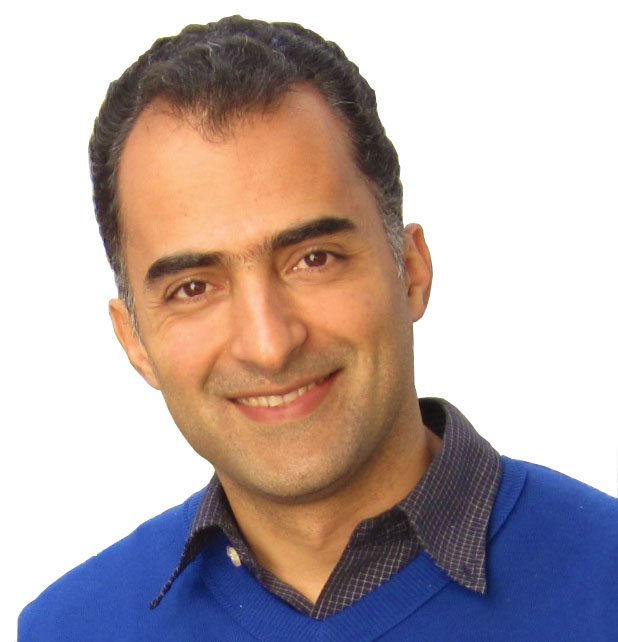 Roozbeh Kiani,M.D. Ph.D., is an Assistant Professor of Neural Science and Psychology at New York University (NYU). He received his medical degree from Beheshti University in Iran and his Ph.D. at the University of Washington under Michael Shadlen’s supervision. He completed his postdoctoral studies at Stanford with Bill Newsome before joining the Center for Neural Science at NYU in 2013. Dr. Kiani's research explores the neural mechanisms of perceptual and mnemonic decision-making, visual object recognition, and motion perception. He is the recipient of the Gold medal of the International Chemistry Olympiad (1995), Donald B. Lindsley Prize in Behavioral Neuroscience (2010), and Alfred P. Sloan Research Fellowship (2014).
Roozbeh Kiani,M.D. Ph.D., is an Assistant Professor of Neural Science and Psychology at New York University (NYU). He received his medical degree from Beheshti University in Iran and his Ph.D. at the University of Washington under Michael Shadlen’s supervision. He completed his postdoctoral studies at Stanford with Bill Newsome before joining the Center for Neural Science at NYU in 2013. Dr. Kiani's research explores the neural mechanisms of perceptual and mnemonic decision-making, visual object recognition, and motion perception. He is the recipient of the Gold medal of the International Chemistry Olympiad (1995), Donald B. Lindsley Prize in Behavioral Neuroscience (2010), and Alfred P. Sloan Research Fellowship (2014).
http://www.cns.nyu.edu/kianilab/Home.html
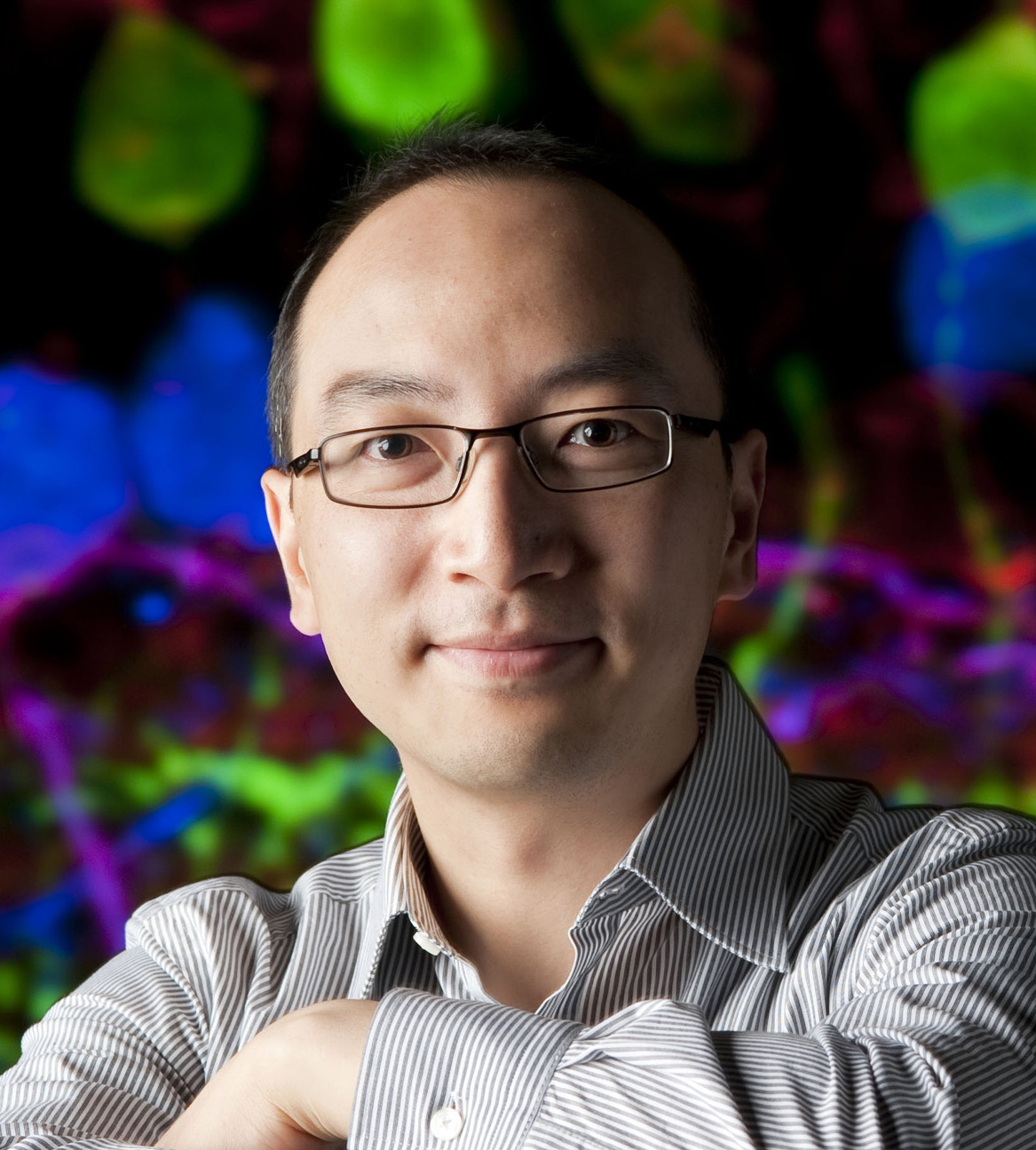
Wei Li received his medical degree in 1997 from Zhejiang University School of Medicine in China and his Ph.D. in Neuroscience in 2003 from the University of Texas at Houston in Dr. Stephen Massey's laboratory. He completed a postdoctoral fellowship at Northwestern University in Dr. Steven DeVries laboratory where he investigated synaptic connections between photoreceptors and bipolar neurons in a mammalian retina. He is currently a Senior Investigator at the National Eye Institute at NIH (Bethesda, MD). The long-term research goal of his group is to understand how the neuronal circuits are wired under normal conditions and how the circuits are altered during pathological processes. Both pieces of information will be crucial for the design of biological and/or prosthetic interventions aiming to restore vision in many types of blindness caused by retinal degenerative diseases. Here are some of the research topics: 1) a combination of anatomical, physiological, and imaging approaches to study synaptic connectivity in the ground squirrel retina. This is an excellent model system to study cone vision, as the ground squirrel is one of the rare mammals whose retina is cone-dominated and resembles the fovea of human retina. 2) the study of synaptic alteration and adaptation in the ground squirrel retina during hibernation - another unique feature of the ground squirrel. 3) Investigation of the retina bioenergetics with a focus on cone photoreceptor mitochondria structure, function and dynamics. 4) a combination of genetically engineered mouse lines to study the development of certain synapses and circuits in the mouse retina.
https://neuroscience.nih.gov/Faculty/Profile/wei-li.aspx
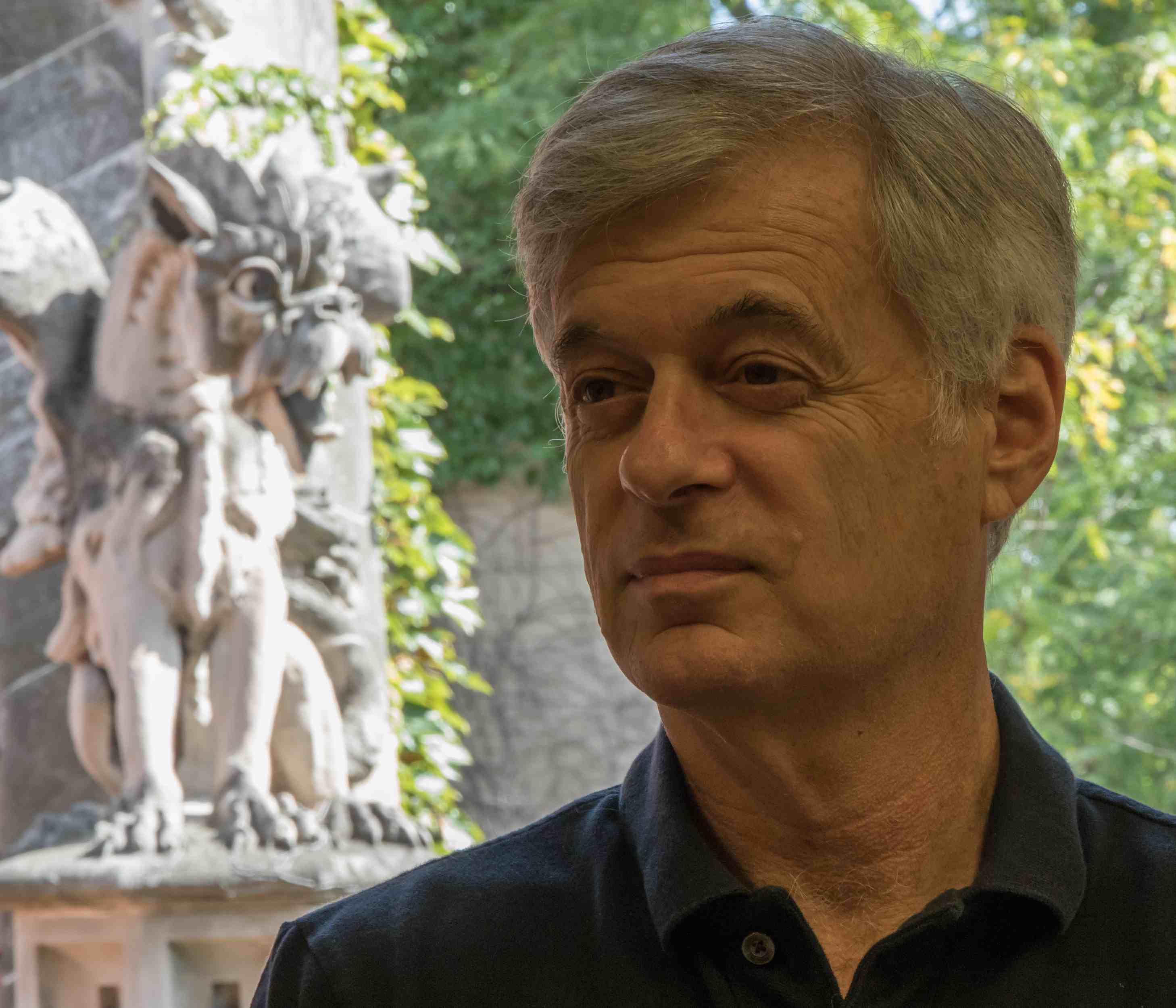 Daniel Margoliash is interested in brain mechanisms of behavior, focusing on plasticity and vocal behavior. He studies song birds and more recently humans, principally examining vocal-motor (sensory-motor) learning and sensory (perceptual) learning. By the very nature of the breadth of these interests, the work examines a broad range of topics, including critical periods, feedback mediated processing, state-dependent leaning mechanisms esp. sleep, neural population coding, and representational plasticity. The most satisfying aspects are when the work in birds and humans interacts. For example, the studies on sleep mechanisms of birdsong learning prompted a subsequent study that demonstrated that long-term memories acquired during speech perceptual learning are influenced by sleep. Conversely, the extensive human literature on sleep-dependent memory consolidation is almost entirely focused on non-declarative memories whereas the rodent hippocampal system is thought to be involved in declarative memories. This prompted the development of a new animal model, song perceptual learning in starlings, which has show remarkable similarity with human sleep-dependent memory consolidation results. More recently, controversies about the use of recursion in syntactic processing in humans and monkeys prompted an experiment which demonstrated such abilities in starlings. In a separate research program, the most recent studies describe how information is coded in sensorimotor nucleus associated with learned vocal behavior. This too may have implications for how speech is represented in the neocortex.
Daniel Margoliash is interested in brain mechanisms of behavior, focusing on plasticity and vocal behavior. He studies song birds and more recently humans, principally examining vocal-motor (sensory-motor) learning and sensory (perceptual) learning. By the very nature of the breadth of these interests, the work examines a broad range of topics, including critical periods, feedback mediated processing, state-dependent leaning mechanisms esp. sleep, neural population coding, and representational plasticity. The most satisfying aspects are when the work in birds and humans interacts. For example, the studies on sleep mechanisms of birdsong learning prompted a subsequent study that demonstrated that long-term memories acquired during speech perceptual learning are influenced by sleep. Conversely, the extensive human literature on sleep-dependent memory consolidation is almost entirely focused on non-declarative memories whereas the rodent hippocampal system is thought to be involved in declarative memories. This prompted the development of a new animal model, song perceptual learning in starlings, which has show remarkable similarity with human sleep-dependent memory consolidation results. More recently, controversies about the use of recursion in syntactic processing in humans and monkeys prompted an experiment which demonstrated such abilities in starlings. In a separate research program, the most recent studies describe how information is coded in sensorimotor nucleus associated with learned vocal behavior. This too may have implications for how speech is represented in the neocortex.
http://margoliashlab.uchicago.edu/
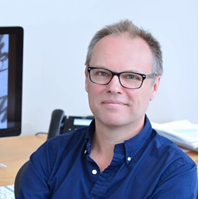
Gero Miesenböck is Waynflete Professor of Physiology at the University of Oxford and founding director of its Centre for Neural Circuits and Behaviour. Gero studied medicine at the University of Innsbruck in his native Austria and did postdoctoral research at Memorial Sloan-Kettering Cancer Center in New York. He was on the faculty of Memorial Sloan-Kettering Cancer Center and Yale University before coming to Oxford in 2007. Gero has received many international awards for his invention of optogenetics, including the InBev-Baillet Latour International Health Prize 2012, The Brain Prize 2013, and the Heinrich Wieland Prize 2015. He is a member of the Austrian Academy of Sciences and a Fellow of the Royal Society.
http://www.cncb.ox.ac.uk/team/group-leaders/miesenboeck/
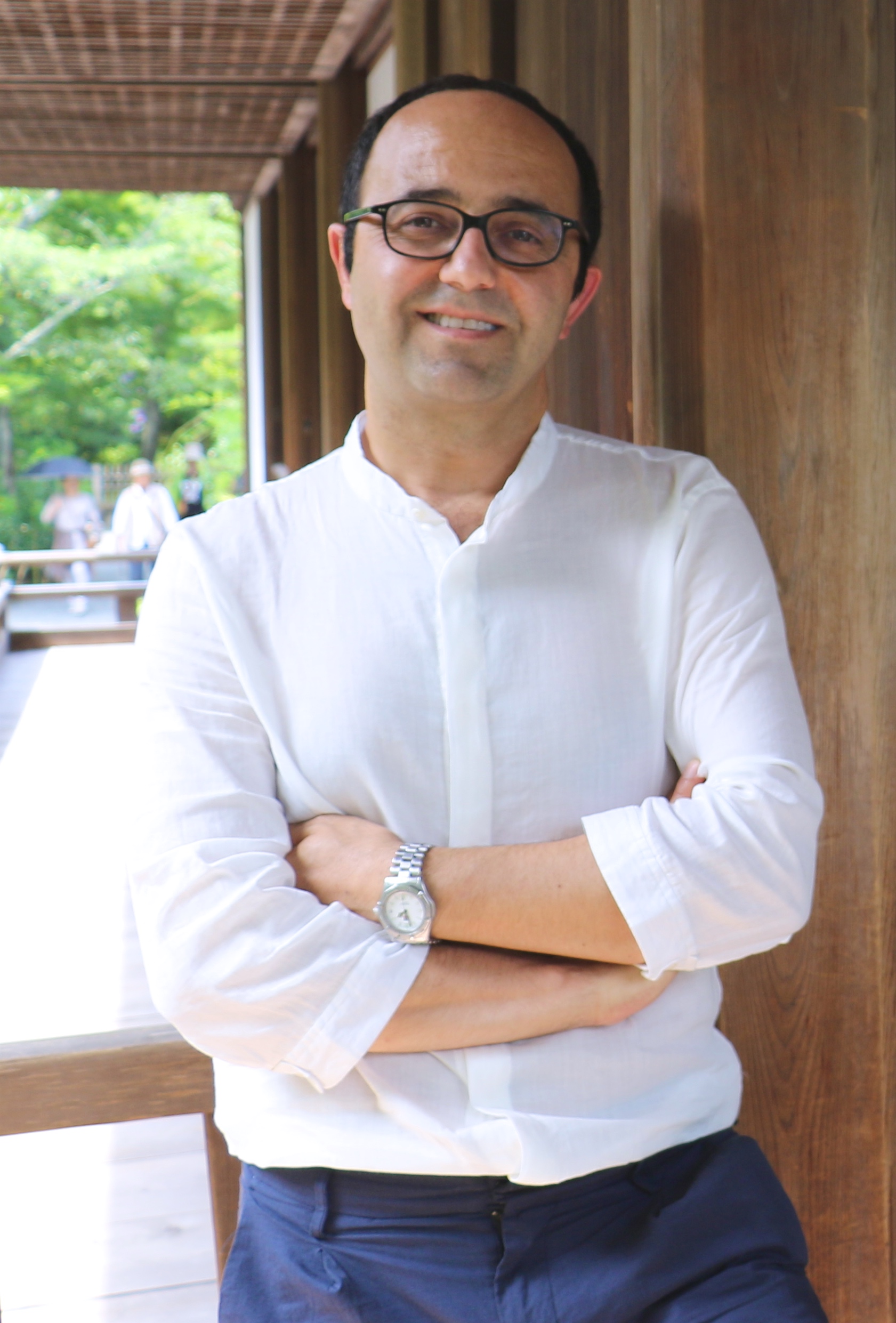
Josef Parvizi is an Associate Professor of Neurology and Neurological Sciences at Stanford University and specializes in the field of epilepsy surgery. Parvizi’s research involves the study of functional organizations in the human brain using intracranial EEG and electrical brain stimulation in neurosurgical patients implanted with subdural or depth electrodes. Parvizi graduated from the University of Oslo with MD Cum Laude in 1996 and earned his PhD in neurosciences from the University of Iowa in 1999. His medical training is from Mayo Clinic (internship), Harvard (Residency), and UCLA (epilepsy fellowship). His research is funded by the National Institute of Health (NIH), National Science Foundation (NSF), Stanford University NeuroVenture Program as well as several private foundation grants.
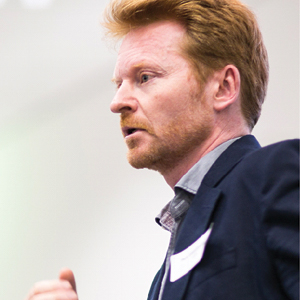
Pierre Vanderhaeghen graduated as an MD/PhD from the Université Libre de Bruxelles (ULB), followed by a postdoctoral training at the Harvard Medical School. Member of the Belgian Royal Academy of Medicine since 2009, he is currently Professor at ULB, Vice-Director of the Institute of Interdisciplinary Research (IRIBHM), and Director of the ULB Neuroscience Institute (UNI). His laboratory studies the mechanisms of development and evolution of the cerebral cortex, from stem cells to neural circuits. He was elected member of the European Molecular Biology Organization (EMBO) in 2009 and was awarded the Francqui Prize in 2011. He obtained an ERC advanced grant in 2013.


